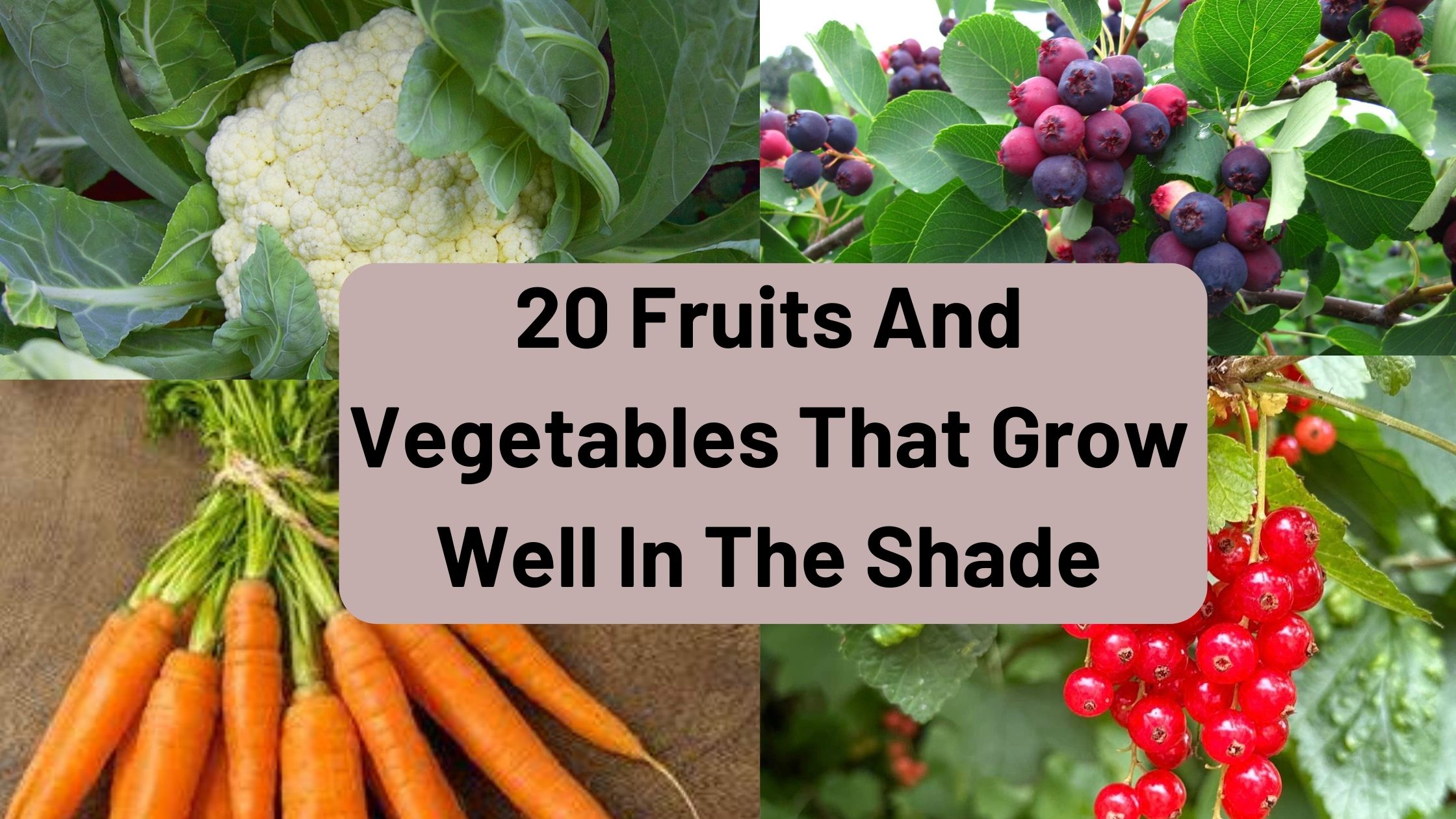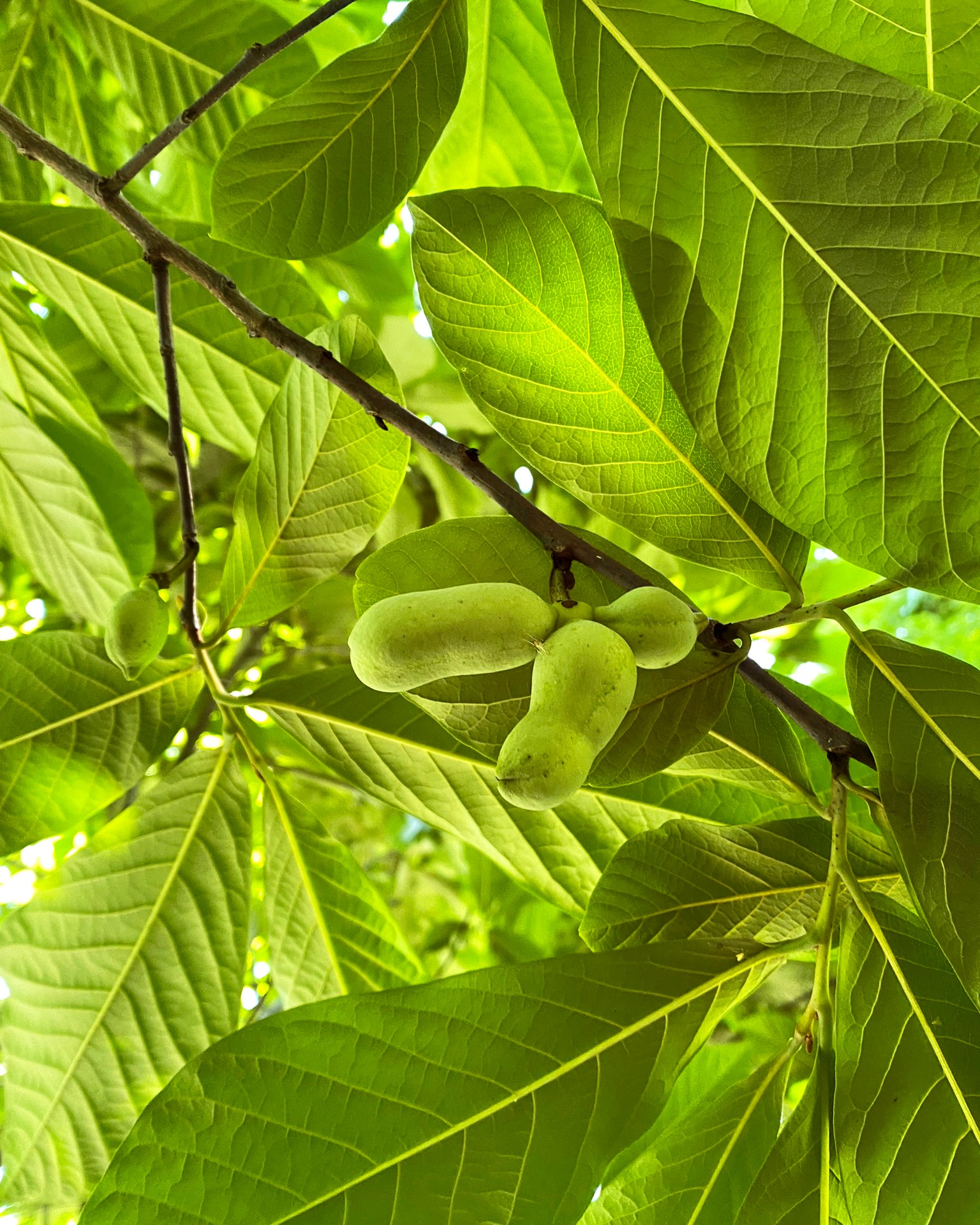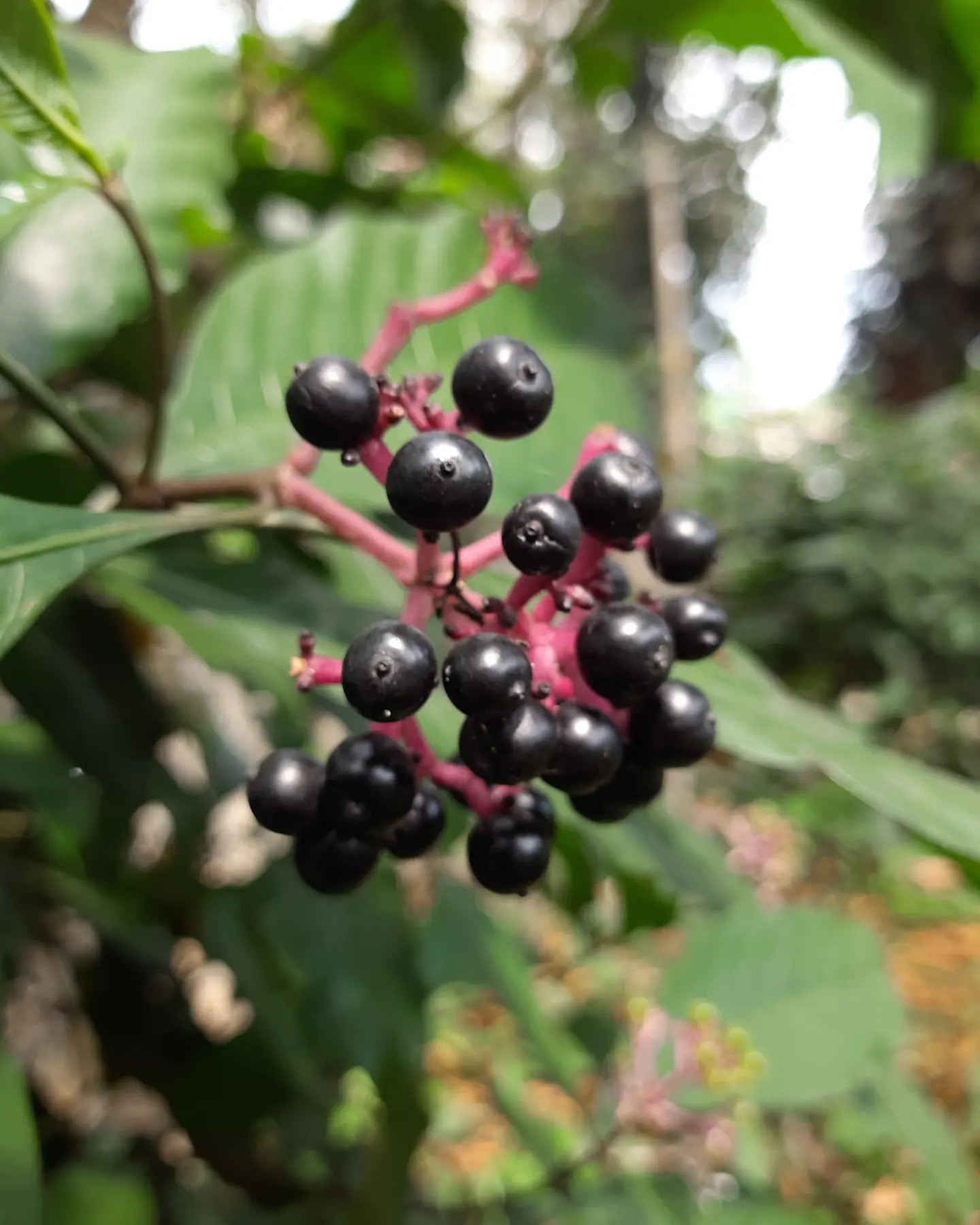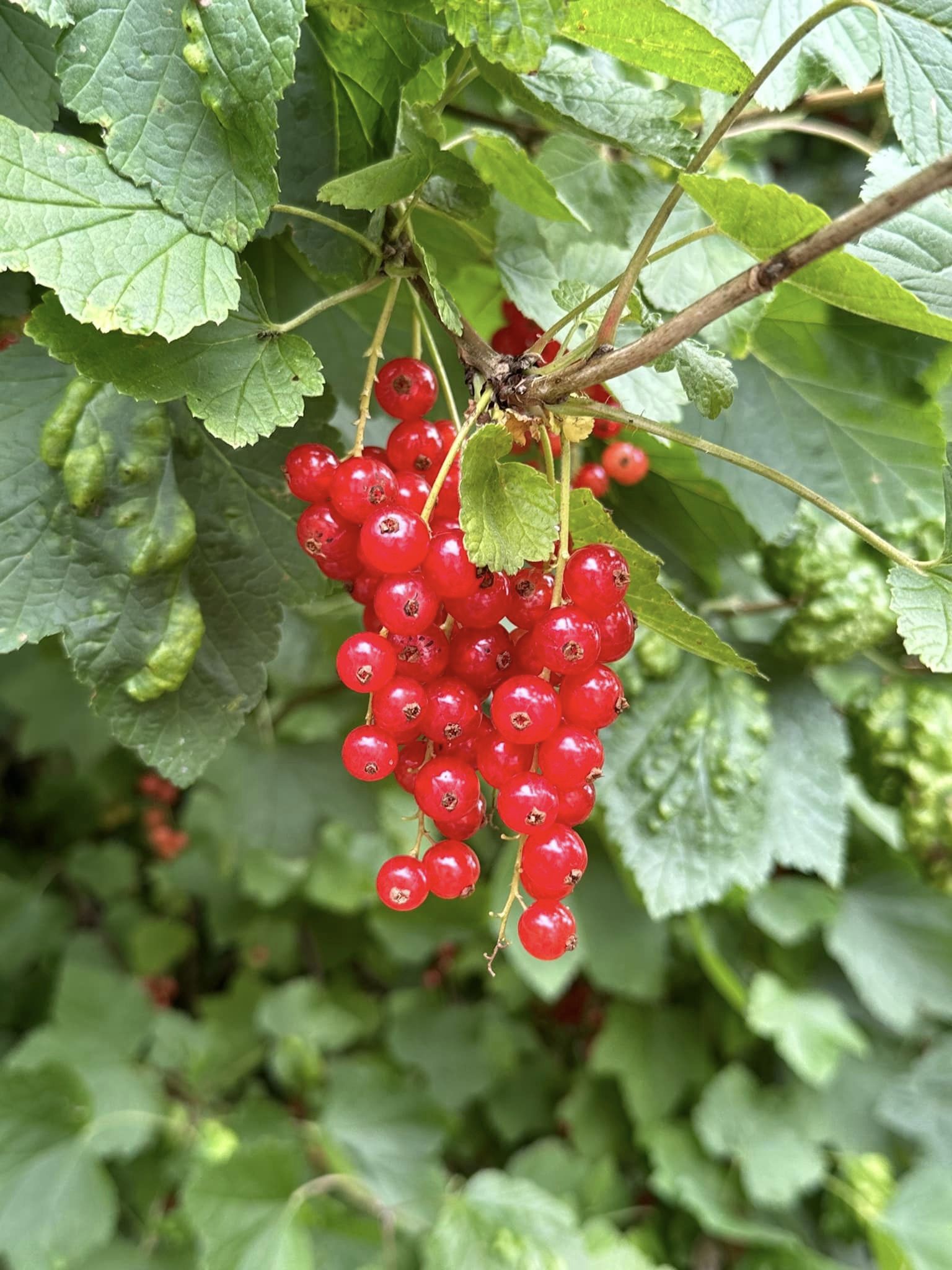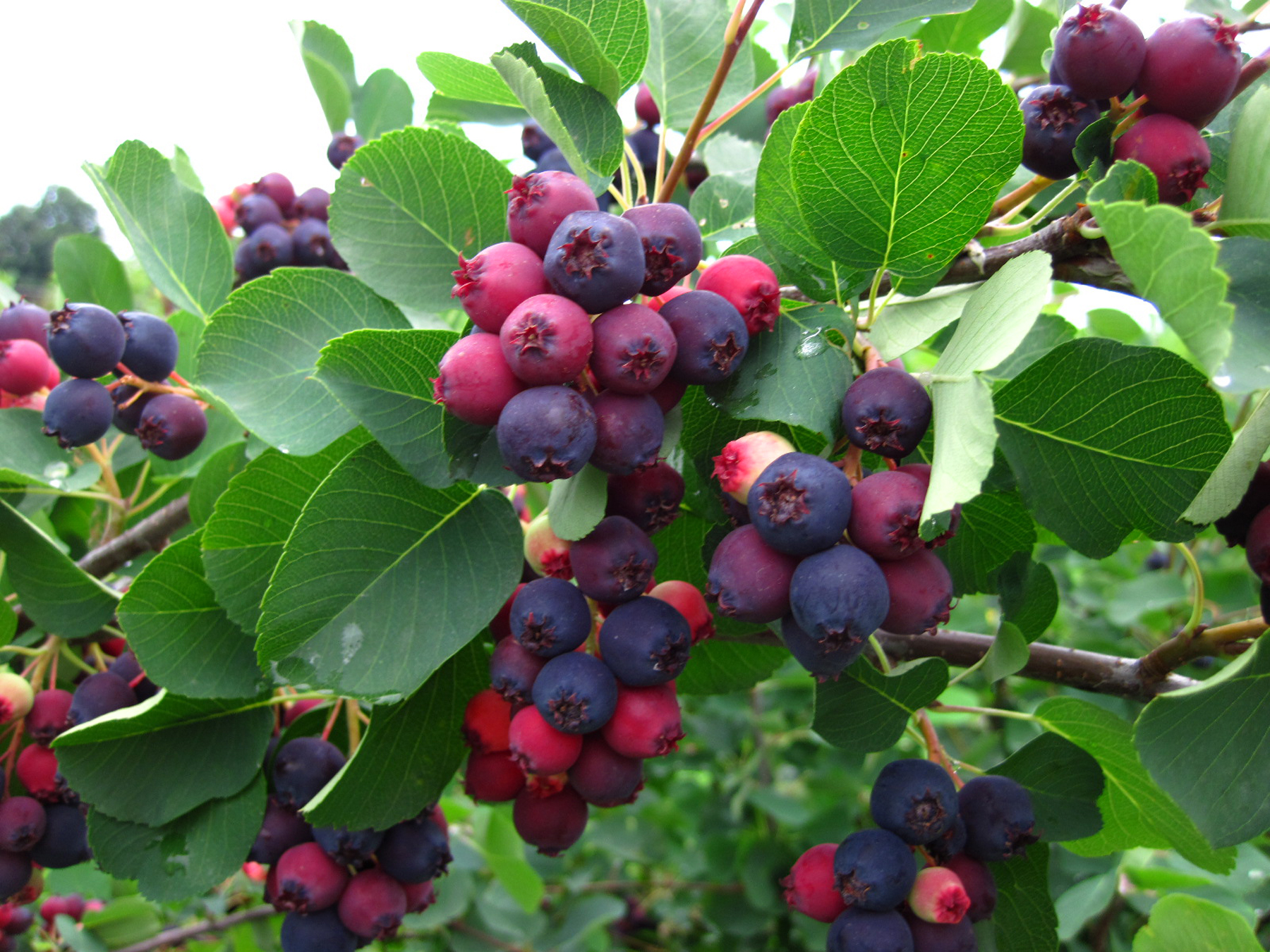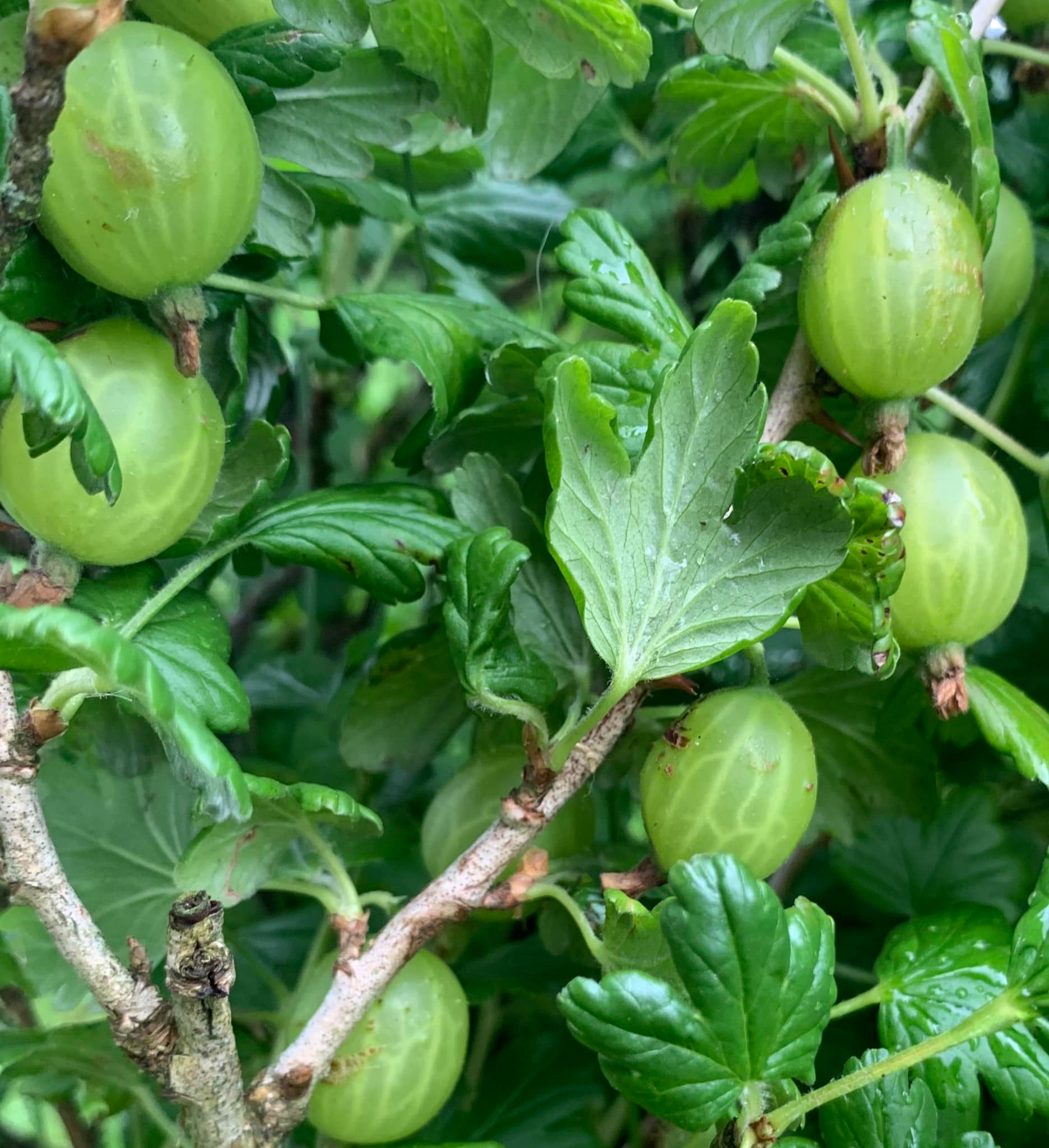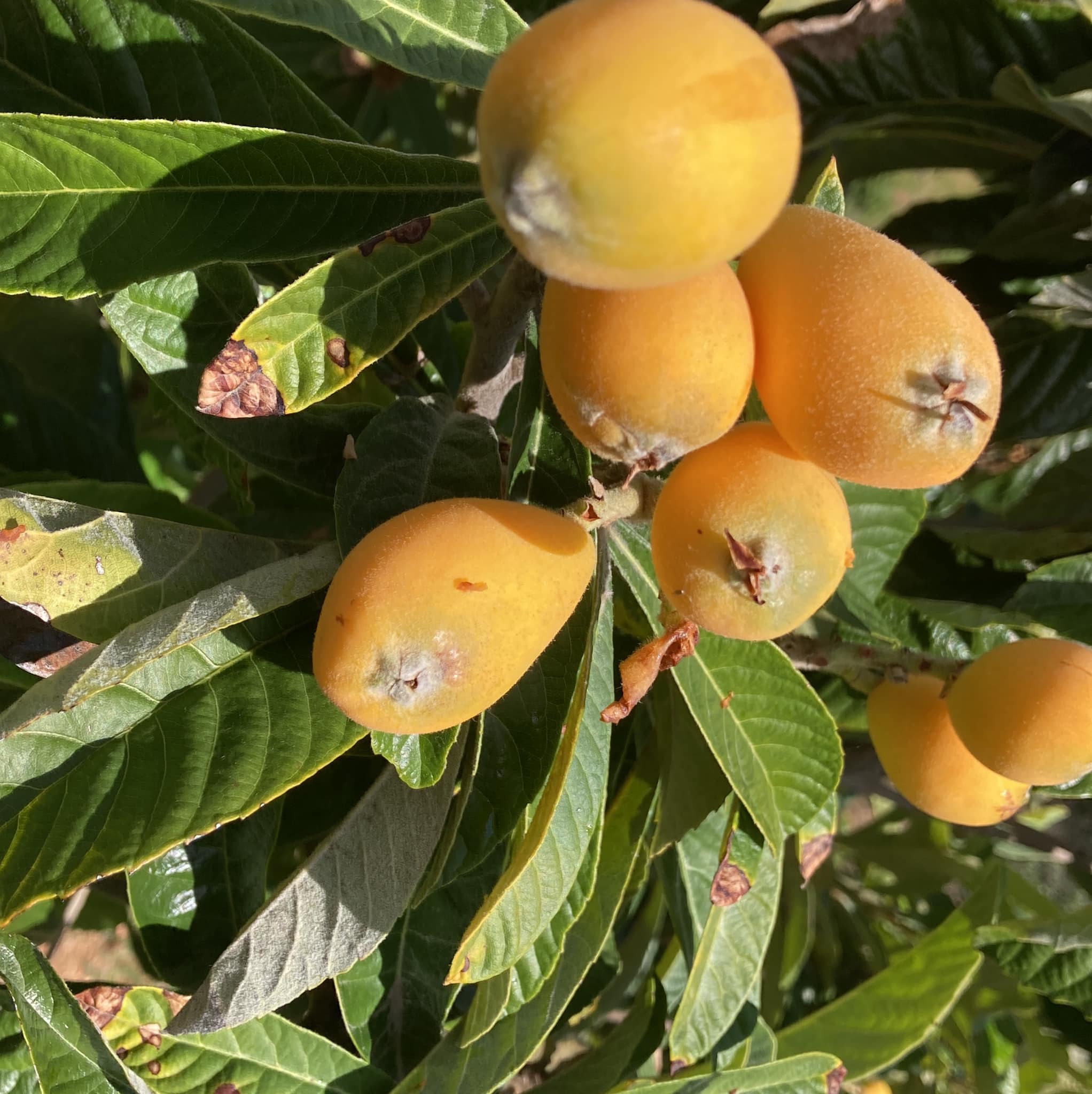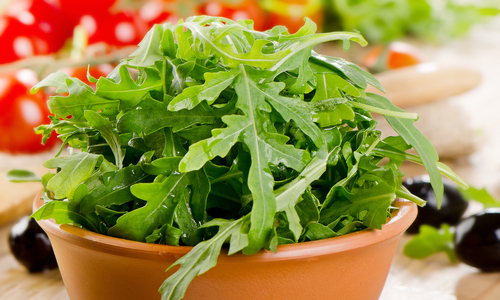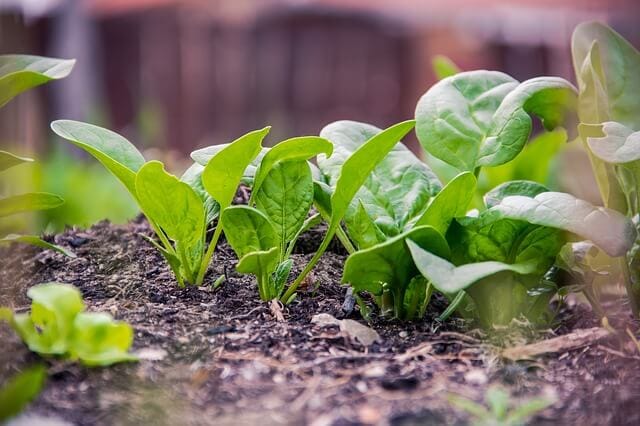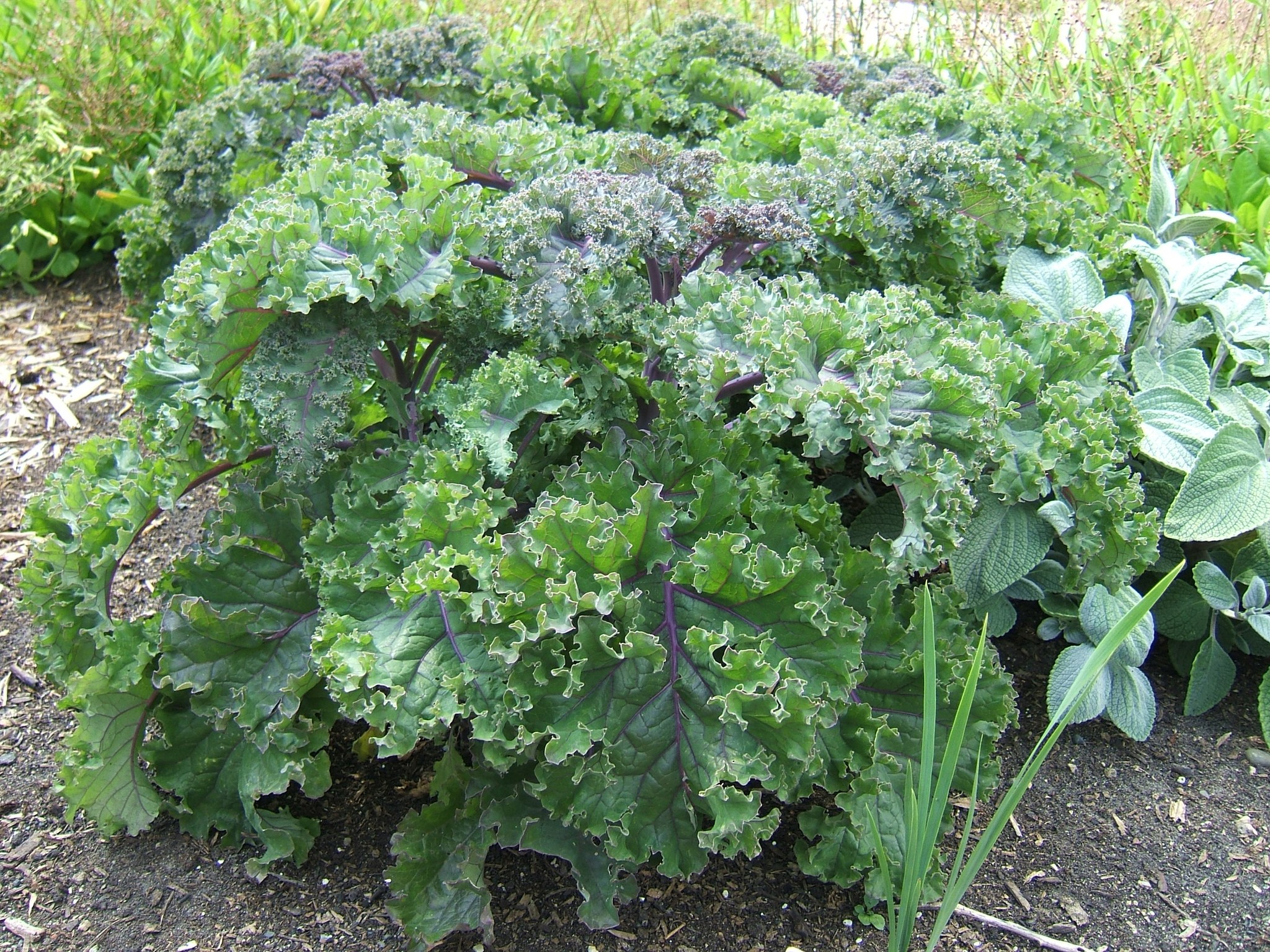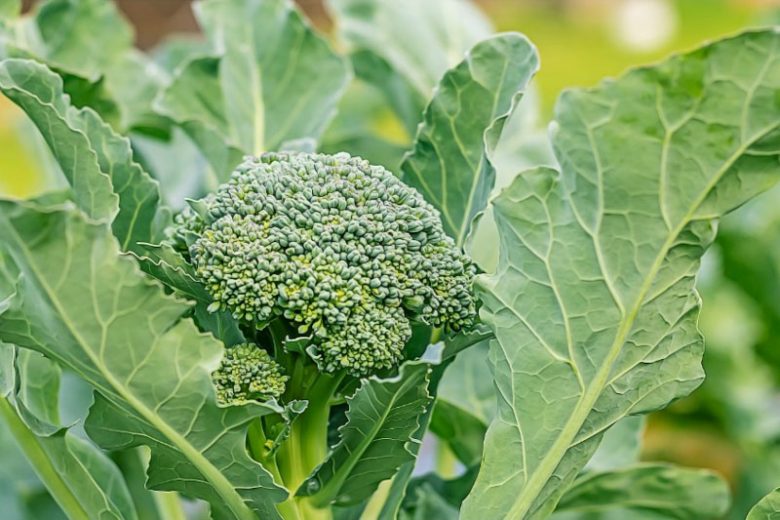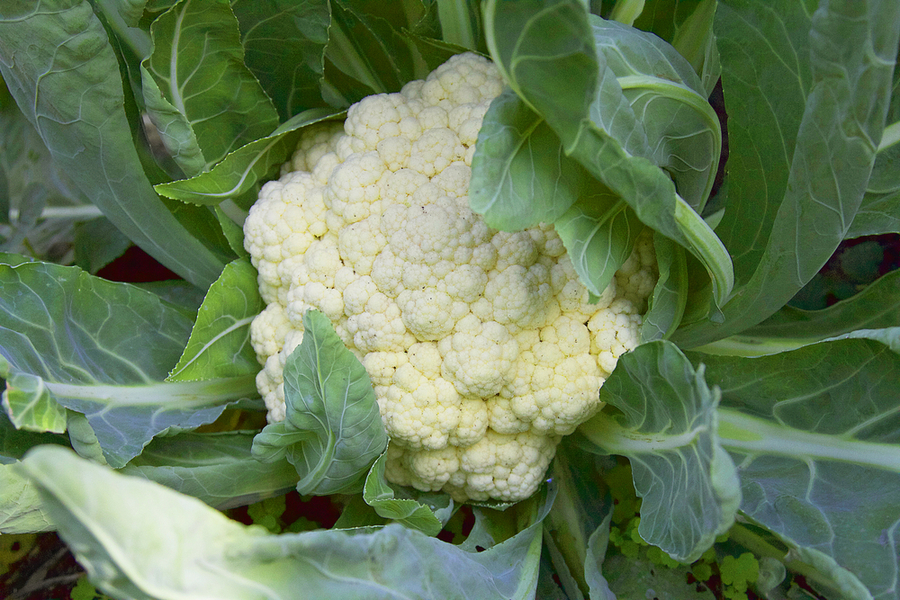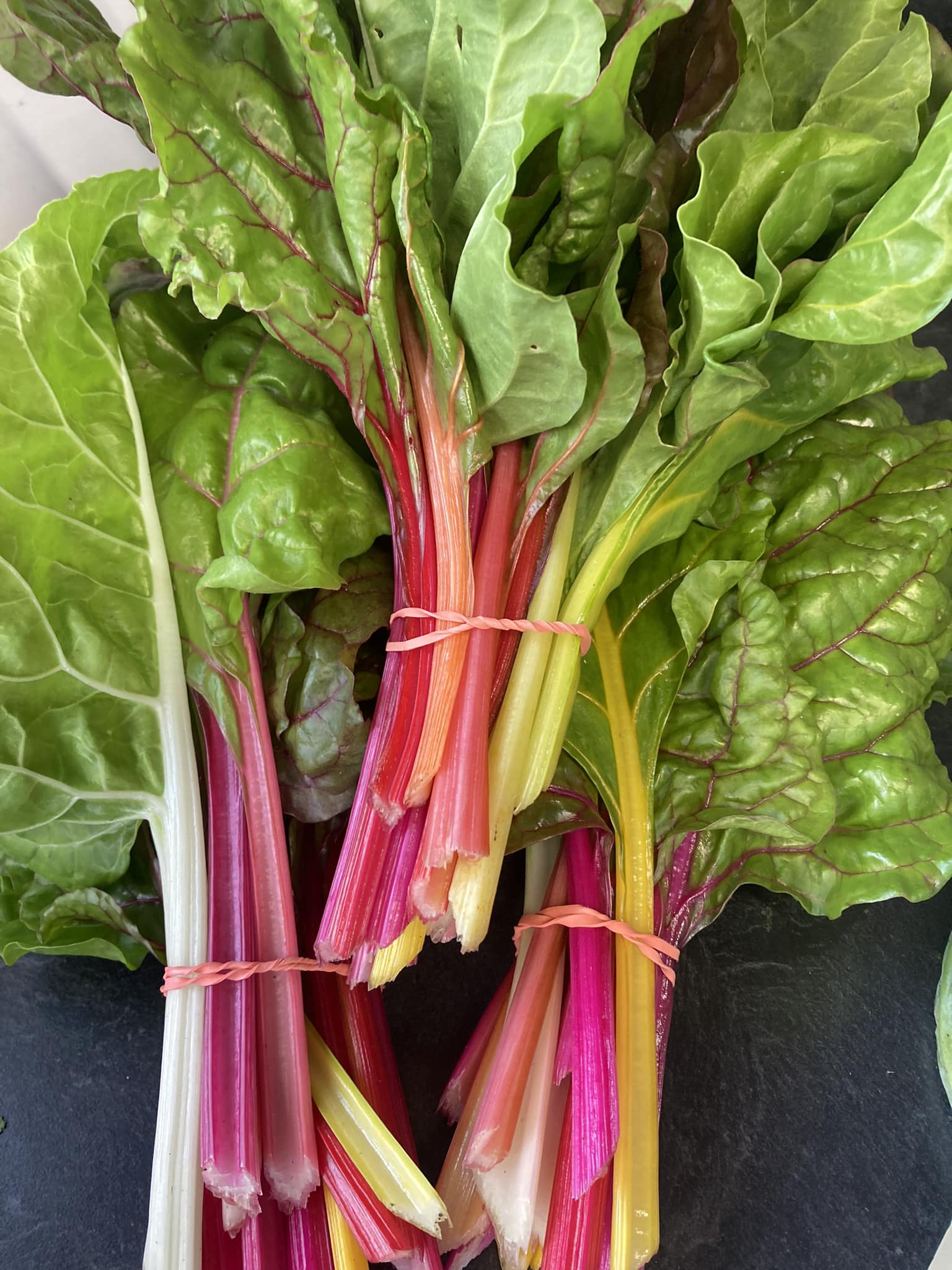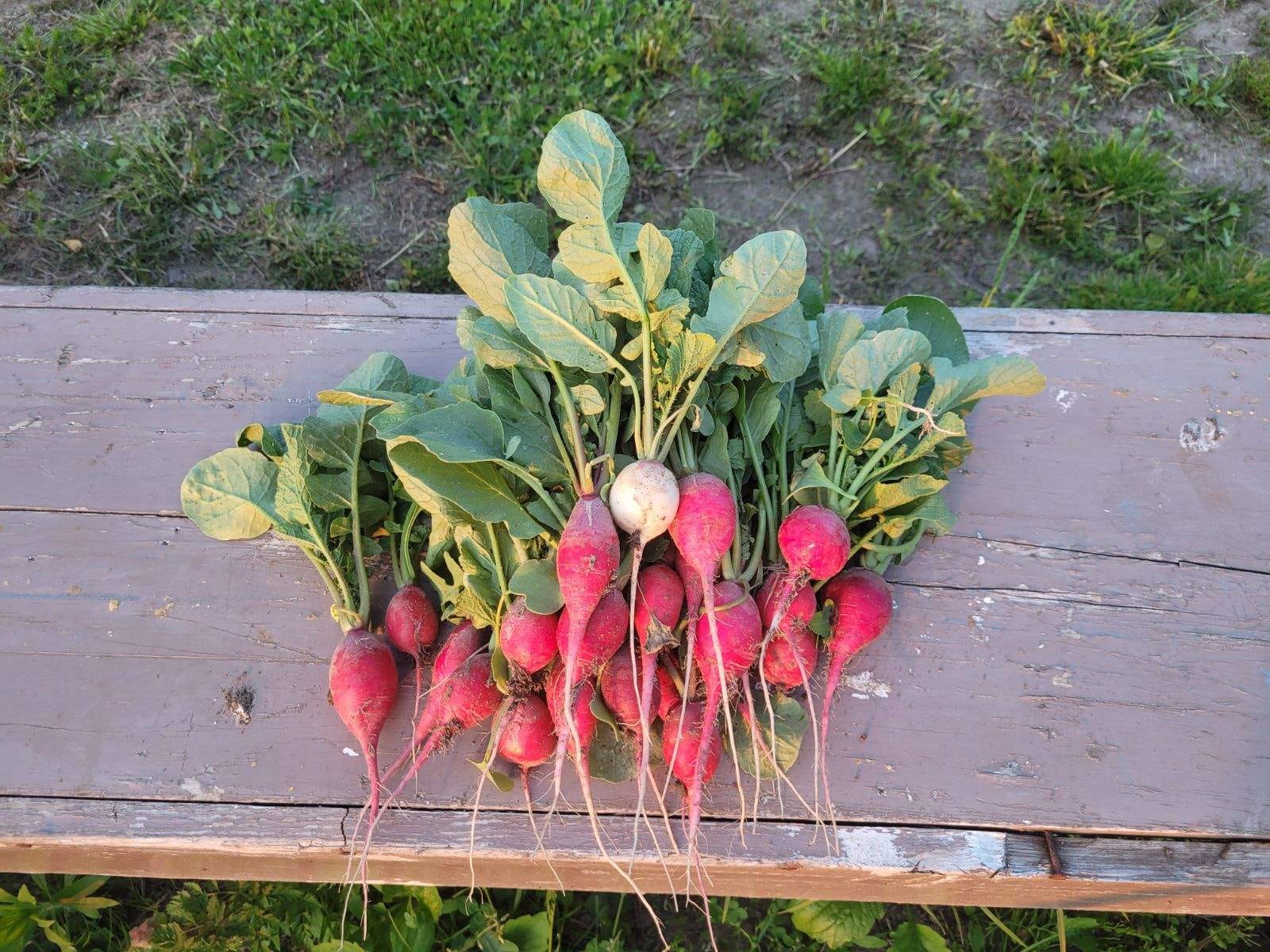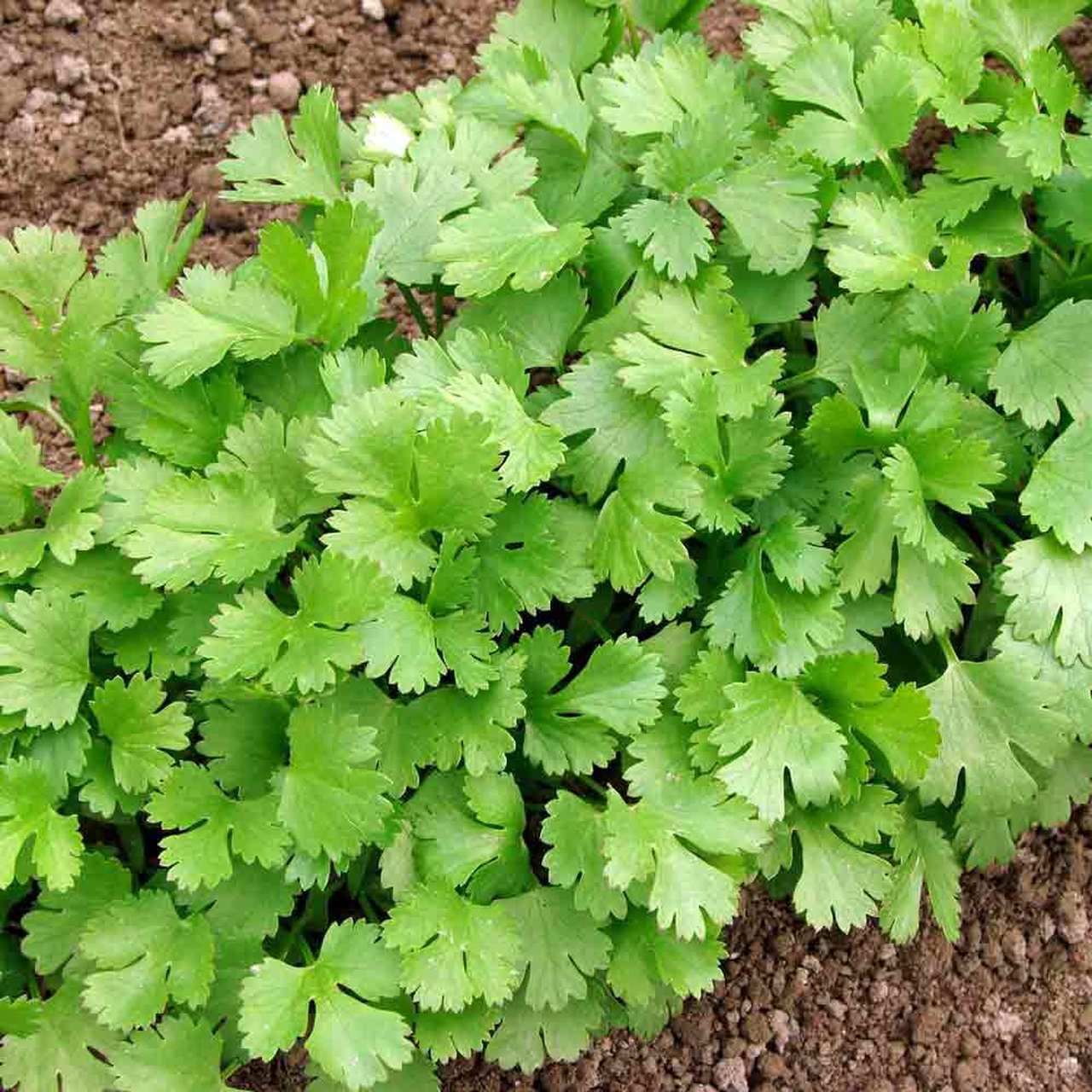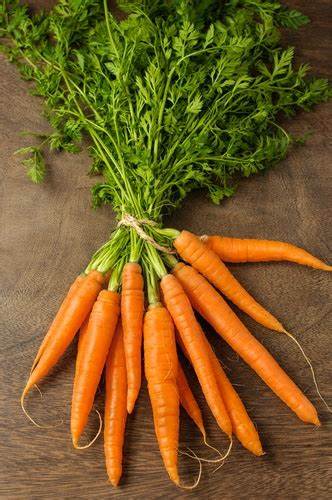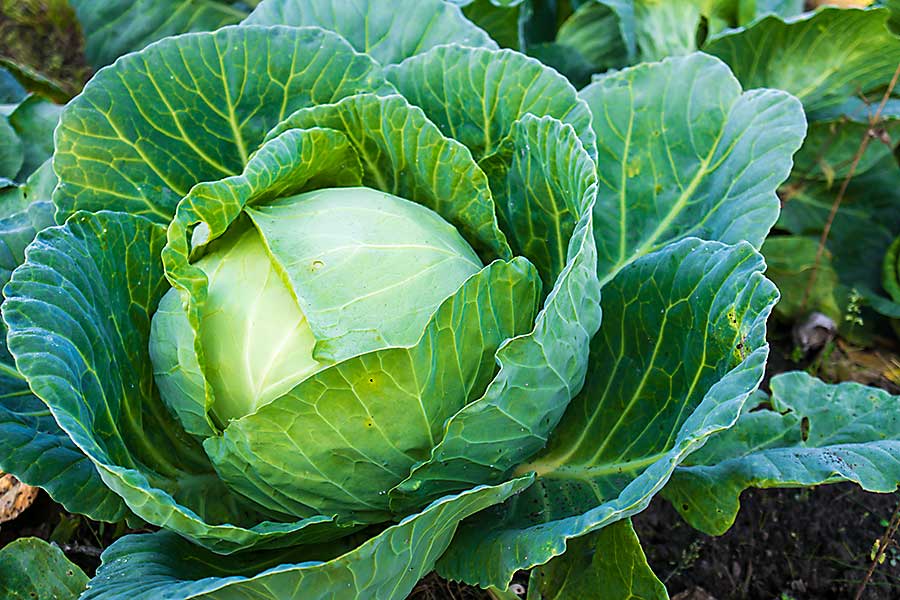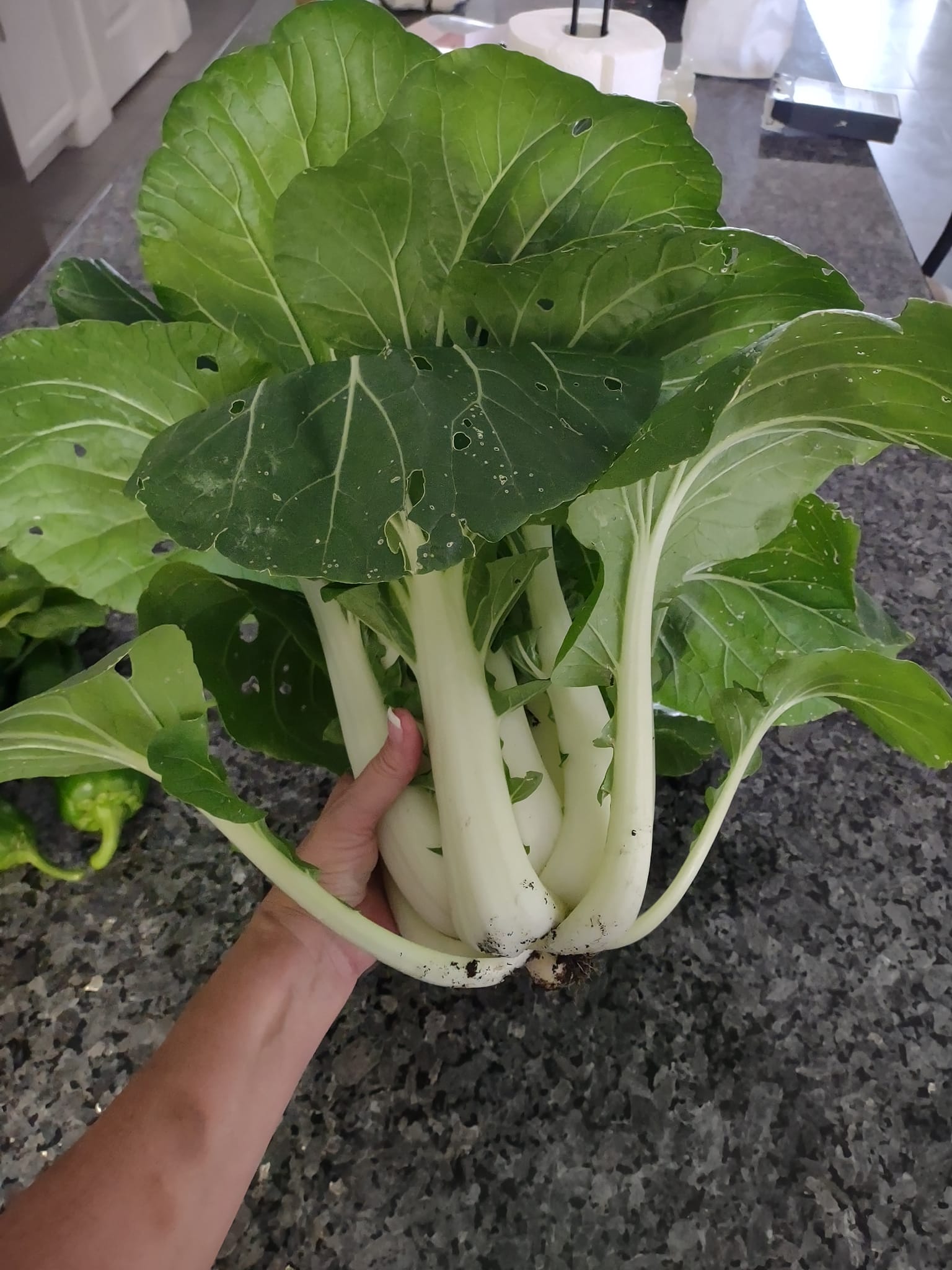Do you crave a garden of vegetables and fruits but are worried that the plants won’t thrive in your shaded garden? It is a no-brainer that plants need sunlight to produce the energy they need to grow, develop, bloom, and produce seeds.
However, while many plants thrive in sunlight, basking in the sun’s warmth, many more flourish in the shade, away from the bright, direct sun rays.
So take advantage of the many shade-loving fruits and vegetables and make your garden more productive and aesthetically appealing.
Take a journey with me to discover the bounty and beauty of plants and vegetables that not only tolerate shade but flourish in it.
20 Fruits And Vegetables That Grow Well In The Shade
Fruits
1. Raspberries
Raspberries, a delightful, versatile, adaptable fruit, can be a great addition to the shaded parts of your garden. While these delectable berries generally prefer full sun, they also do well in partial sun.
Choose a spot in your garden that receives 4-6 hours of sunlight each day with well-drained soil for your raspberries. Although a raspberry plant growing in the shade produces less fruit, it will still give you a respectable harvest.
Hardiness zones: 3-10
Related Posts:
- Why Are My Strawberries So Small?
- How To Start A Garden For Beginners Step By Step
- Shade-Loving Plants That Will Light Up Your Garden
- Best Perennial Fruits and Vegetables to Grow Once and Harvest Year After Year
2. Blackberries (Rubus Fruticosus)
Similar to raspberries, blackberries perform best in full sun but are also well-suited for partial shade. These tasty berries prefer cooler temperatures, which shady spots offer, and are less sensitive to hot, scorching sun than some other fruits.
Additionally, while blackberries can handle full sun, the berries can get sunscaled in summer. Your shaded garden will protect your blackberries from this.
Hardiness zones: 5-8
Read More: Shrubs That Thrive In Shade
3. Pawpaws (Asimina triloba)
Don’t miss out on what this delicious tropical fruit has to offer. Besides the unique tasting fruits, this plant is a hidden treasure of shade gardens, and their presence can add an exotic touch to your garden.
In the wild, pawpaws grow beneath the canopy of larger trees in the woodland understory, providing them with partial shade and protection from harsh sunlight. So they will feel at home in your garden’s shaded parts.
Hardiness zones: 5-8
4. Elderberries (Sambucus spp.)
This robust plant not only tolerates shaded conditions but can also thrive in them. In fact, these robust berries prefer cooler growing conditions. It will reward you with sweet, tart berries and some natural beauty.
Plant elderberries in a spot in your garden with partial or dappled shade, aiming for at least 4-6 hours of sunlight daily.
Hardiness zones: 3-9
5. Currants (Ribes spp.)
You could choose black, red, or white currants for your shaded garden, and it will do just fine. These small, versatile fruiting shrubs would be a delightful addition to your partially shaded or shady garden, especially since they grow in shaded areas in the wild.
You will get a better yield if you protect your currants from the harsh midday sun.
Hardiness zones: 3-8
6. Serviceberries (Amelanchier spp.)
If you find serviceberries growing in the wild, they will be at the forest’s edge or in woodland clearings. These habitats offer partial shade and cooler temperatures, which these berries prefer. So, why not introduce them to your garden’s partially or shaded spots?
This low-maintenance plant will beautify your garden with its showy spring blossoms and autumn foliage and produce sweet, dark berries.
Hardiness zones: 2-8
7. Gooseberries (Ribes uva-crispa)
Our list of fruits that thrive in the shade would not be complete without gooseberries. After all, they are native to regions with cooler climates and well-suited to areas with partial shade that offers milder temperatures. They can also withstand colder conditions.
Plant this charming, low-maintenance, versatile berry in your garden for its tangy berries and dainty, bell-shaped flowers.
Hardiness zones: 3-8
8. Loquat trees (Eriobotrya japonica)
You are better off growing loquat trees in full sun for peak fruit production. However, you can still get an abundant harvest if you plant this tree in partial shade (4-6 hours of sun every day). Pick a shaded area that receives some morning or late afternoon sun.
The shade will protect your loquat trees from harsh sunlight.
Hardiness zones: 8-10
Vegetables
9. Lettuce (Lactuca sativa)
First on our list of vegetables that flourish in shade is a classic choice- lettuce. This leafy green, first-growing plant thrives in cooler, partially shaded conditions and often benefits from some shade during the hottest part of the day. This keeps it from bolting or becoming bitter.
Sow lettuce seeds every few weeks for a continuous supply of fresh, tender leaves for your salads.
Hardiness zones: 2a-11b
Read More: Vegetables You Can Grow From Scraps
10. Arugula (Eruca sativa)
Within a few weeks, this shade-friendly peppery green vegetable will be ready for harvesting and use in salads, sandwiches, and other dishes. Arugula thrives in cooler temperatures, and shaded areas typically offer milder microclimates.
Besides thriving in partial shade, this vegetable does well in dappled sunlight. Growing arugula in part shade is actually a good idea as it protects it from bolting and turning bitter.
Hardiness zones: 2-11
11. Spinach (Spinacia oleracea)
This easy-to-grow nutritious vegetable is happy to grow in the shade, especially if it means being protected from the afternoon’s harsh sun. This way, it won’t bolt or turn bitter. Grow your spinach in your garden’s partially shaded areas and keep the soil consistently moist.
Mulching around your spinach plants will help maintain soil moisture and regulate soil temperature.
Hardiness zones: 2-11
12. Kale (Brassica oleracea)
Kale is a delicious vegetable rich in vitamins, minerals, and antioxidants, but it will turn bitter and tough if you expose the plants to intense heat. The upside is that you can avoid this by growing it in cooler, shadier conditions and keeping the soil consistently moist.
This resilient, robust plant can withstand some pests and even frost.
Hardiness zones: 7-9
13. Broccoli (Brassica oleracea)
Brocolli’s ability to thrive in cooler conditions makes it an excellent addition to your shaded or partially shaded garden. However, keep in mind that this cool-season plant will take longer to mature, and the heads may be smaller in these conditions.
Keep the soil your broccoli is growing in moist but not soggy.
Hardiness zones: 2-11
14. Cauliflower (Brassica oleracea var. botrytis)
Like broccoli, you can grow your cauliflower in partial shade and get a good harvest even though the head will be a bit smaller. Cooler temperatures suit cauliflower cultivation, and the vegetable can also withstand frost.
Monitor your cauliflower plants for any signs of infestation and apply appropriate treatments if necessary since they are susceptible to some pests.
Hardiness zones: 2-11
15. Swiss Chard (Beta vulgaris var. cicla)
This vegetable with bright red stems and green leaves is as delicious as it is beautiful. It is also not a fussy plant, meaning you can grow it in different conditions, including full sun, partial shade, and dappled sun.
When growing Swiss chard in the shade, pick an area that ideally receives 4-6 hours of sunlight daily.
Hardiness zones: 3-10
16. Radishes (Raphanus sativus)
Although radishes typically prefer full sun for optimal growth, you can also greatly benefit by growing them in partial shade or filtered sunlight.
Some shade can protect this cool-season vegetable from bolting prematurely, allowing the radishes to develop larger roots.
In addition, the soil in shaded areas remains cool, thus allowing you to plant radishes for a more extended period.
Hardiness zones: 2-11
17. Cilantro (Coriandrum sativum)
Keep your cilantro from quickly going to seeds by growing it in partially shaded areas. This way, you can have a fresh harvest for longer and keep it from developing a less desirable, stronger flavor.
Also, sow cilantro seeds in cooler, shaded conditions for higher germination rates.
Space the seeds or seedlings about 6-8 inches apart to allow room for growth and keep the soil moist.
Hardiness zones: 2-11
18. Carrots (Daucus carota)
Carrots will grow more leaves in direct sunlight than roots, so I recommend growing them in shady areas if you want larger carrots.
Choose varieties that mature quickly. These include Little Finger, Paris Market, Babette, Nantes, Mokum, and Thumbelina.
Space carrot seeds in the garden bed in rows about 12-18 inches apart, then thin the seedlings as they grow for proper spacing.
Hardiness zones: 3-10
19. Cabbage (Brassica oleracea)
Typically, broad-leaf vegetables love direct sunlight, but cabbage is the exception to this rule. This cool-season vegetable prefers to grow in relatively shady spots since too much sunlight dries it out, causing smaller heads.
However, ensure your cabbages get 4-6 hours of sun daily to help them grow firm heads.
Hardiness zones: 2-10
20. Bok Choy (Brassica rapa subsp. chinensis)
Extend this cool-season vegetable’s growing season to even throughout summer by planting it in a partially shaded area. However, if you pick a shady space for your Bok Choys, offer some indirect sunlight to ensure better growth.
In addition, avoid growing it in too much shade because it can result in leggy, elongated growth and reduced yields.
Hardiness zones: 2-11
Conclusion
You may not have a sun-kissed garden, but you can still enjoy the pleasures of homegrown fruits and vegetables in your shaded garden, a small balcony, or limited outdoor space. You can create a flourishing shade garden with any of the plants discussed above, so roll up your sleeves and get to work.

Hey there, fellow plant enthusiasts! I’m Rachel, the green-thumbed writer behind Rooted In Garden. With a deep-rooted love for all things botanical, I’ve made it my mission to help you cultivate a thriving collection of houseplants. As a devoted plant parent myself, I understand the joys and challenges that come with nurturing these leafy wonders. Whether you’re a succulent aficionado, an orchid enthusiast, or simply adore all potted flora, join me on this journey as we explore the secrets to growing and caring for our beloved green companions. Together, let’s create a flourishing oasis indoors.

